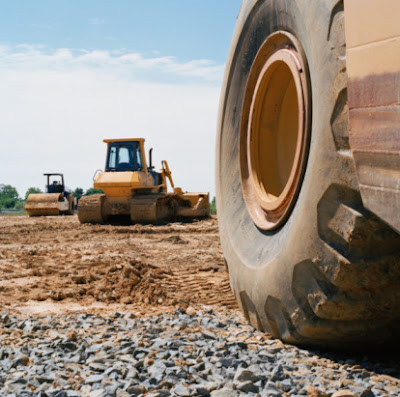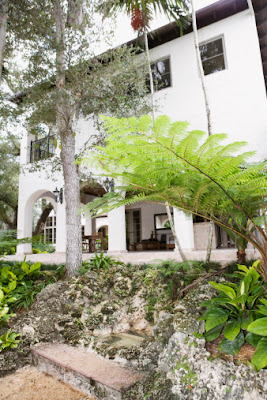In the field of civil engineering technology, we always use various types of materials related to stones where sometime some confusable words or terms come with us that time, it's most important to have idea about all of those terms. Here, you can see some importants definitions of the terms which may help you to get rid of all of those problem. The definitions of the terms are given as below:
1. Bedding plane:
The meeting planes of two adjacent layers in deposits of sedimentary origin is called bedding plane.
2. Fisured rock :
Broken or cracked rock is called fussured rock.
3. Fault :
It is a dislocation of continuity of rock strata as a result of cracking of the earth crust.
4. Rubble :
Natural irregular shaped but approximately cubical pieces of stones are called rubble.
5. Flag stone :
These stones are slabs of stones usually 2 cm to 5 cm thick. They are used for floorings or pavings.
6. Mineral :
It is a homogeneous matter of defiaite chemical composition and constant physical character. Earth's crust may be composed of a meneral or of an aggregate of mineral deposits.
7. Freestone :
It is a rock of even texture which can be ornamentally carved for buildings. It is also a rock which can be quarried by splitting easily along certain bedding planes.
8. Drift :
Boulder clay, sands and gravel etc., all superficial deposits of the earth's crust are called drift.
9. Diluvium :
Glacial deposits are called diluvium.
10. Eluvium :
Superficial deposits formed of fragmental material from solid deposits which have not been transported by wind or water but may have slipped down hill slopes under the action of gravity.
11. Crow foots :
There are veins containing dark colored uncemented materials.
12. Bed rocks :
Any hard rock bed underlying soft deposits is called bed rocks.
13. Quoins :
The corner stone having two of its faces made plane.





